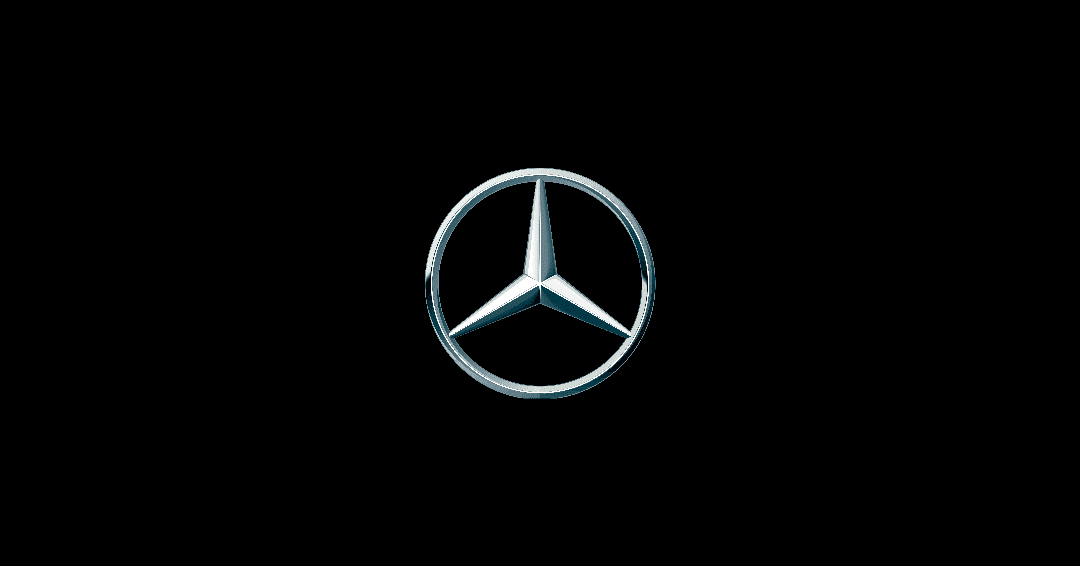Blockchain, a poorly explained concept

‘Blockchain technology’ has been the buzzword on the internet for a while now. A recent survey found that most adults who recognize the term “blockchain” do not understand it. Almost two in three (62%) said “blockchain is the same as cryptocurrency”, and 48% thought “blockchain is the same as Bitcoin”.
One of the reasons that explain the lack of understanding of how blockchain works is that there are few comparable technologies to understand its complexity. Secondly, the technical terms and jargon used are intimidating and sound foreign to most people.
Poorly explained or poorly understood?
“Yes, blockchain seems like the worst of speculative capitalism right now, and yes, it’s demonically challenging to understand,” writes Steven Johnson in The New York Times.
Blockchain as a technology is difficult to understand because it is not just “one thing”, but several pieces of information from a wide range of subjects across many different disciplines – not only computer science, but also economics, finance and politics – that go under the name « blockchain”, explains Patrick Nielsen, co-founder and CTO of Clovyr.
Google defines it as a system in which a record of transactions made in bitcoin or another cryptocurrency is maintained across multiple computers connected in a peer-to-peer network. Meanwhile, says Investopedia, a blockchain is a distributed database or ledger shared between the nodes of a computer network. Like a database, a blockchain stores information electronically in the digital format.
With many explanations on the internet, there is widespread disagreement about the “definition” of the concept.
In layman’s terms, just a data structure
It is a digital system that records every transaction and is completely secure (in theory). Lists or tables are well-known types of data structures. You will probably use one of these every time you write down information on paper. Similarly, there are many types of data structures in the digital world, and Blockchain is one of them.
All data is divided into structure blocks. Each block states which one came before it, creating a “chain” of blocks. Stating which block came earlier is often referred to as a reference.
Simply put, a blockchain can be thought of as a linked list, where each block contains a timestamp, a cryptographic hash pointing to the last block, and a record of the transactions for the current block, usually in the form of a specialized tree called a Merkle tree. Named after Ralph Merkle, a Merkle Tree is a data structuring method that allows a large amount of information to be verified for accuracy immediately and efficiently.
When these blocks are linked together as a chain of records, they keep track of all transaction history.
Worth the hype or just a buzzword?
As established earlier, blockchain has a large variety of use cases apart from the well-known crypto trading. For example, in April 2018, Banco Santander launched the world’s first blockchain-based money transfer service. Known as Santander One Pay FX. By automating the process on the Blockchain, Santander made transactions efficient and reduced the middlemen that were usually involved.
A McKinsey report says that systems based on blockchains could potentially also improve capital markets. It explains how operations can be improved and audit trails consolidated.
The underlying technology has several logical applications. For example, media organizations have begun to adopt blockchain to eliminate fraud and protect intellectual property rights to content. By 2024, the global media market is estimated to reach $1.54 billion. In addition, according to PWC, the technology also provides the basis for measurement, invoicing and settlement processes.
Blockchain is poised to transform a huge number of practices in other industries. It can be useful for governments all over the world by easing the cumbersome tasks of identity management, voting process, filing of taxes and so on.
But the fundamental characteristic of this niche technology is decentralization which still seems like a distant dream.
The bottom line
Experts in the domain say though there is a lot of hype around the concept and its use in various fields. The potential seems faith-based, driven by undocumented supplier and consultant claims. Therefore, it can be concluded that even with its proposed potential applications, blockchain technology can be seen as an overused term that companies are rebranding as ‘Linked List Technology’ to better sell their services today.

























